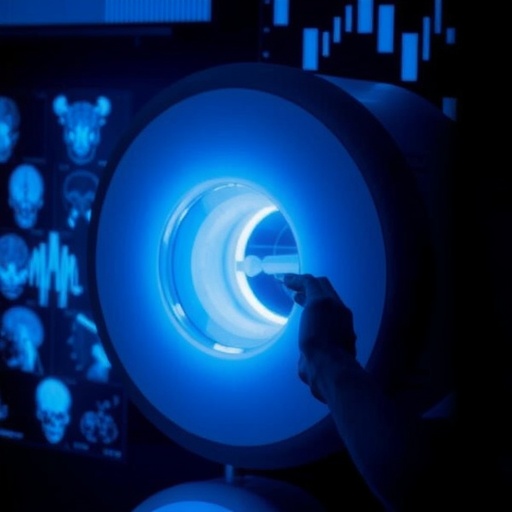A team of scientists has discovered a new crystal form of DDT that is more effective against insects than the existing one. Its research, which appears in the journal Angewandte Chemie, points to the possibility of developing a new version of solid DDT — a pesticide that has historically been linked to human-health afflictions and environmental degradation — that can be administered in smaller amounts while reducing environmental impact.
"Make no mistake: DDT in its known state has been proven time and again to be damaging to our environment, most notably wildlife," says Bart Kahr, a New York University chemistry professor and the paper's senior author. "However, our discovery of a new DDT crystal, which we've shown to be more successful and in smaller amounts in eradicating harmful insects, suggests that the creation of a safer pesticide is within reach."
"The finding is a surprising one as, for decades, DDT crystals were thought to exist in only one form," adds co-author Michael Ward, also a professor in NYU's Department of Chemistry. "This new knowledge opens the door to future development of a more effective product that could diminish the dangers posed by existing forms."
In a related and accompanying essay in Angewandte Chemie, Kahr, Ward, and Jingxiang Yang, a visiting scholar at NYU and one of the study's co-authors, describe attempts by the chemical industry and others to diminish the dangers of DDT as an insecticide by misrepresenting scientific data and by attacking the legacy of biologist Rachel Carson. Carson's 1962 work Silent Spring uncovered the environmental damage caused by DDT and other pesticides.
In the essay, Kahr, Ward, and Yang report their analysis of primary toxicology data, positing that DDT advocates not only mischaracterize the findings of Carson and others, but use a false DDT narrative to oppose any and all environmental regulation.
The Environmental Protection Agency banned DDT in the United States in 1972; it was later banned or restricted in other nations under the Stockholm Convention on Persistent Organic Pollutants. However, it may still be used in certain health emergencies–its effectiveness against mosquitoes has aided in stemming the spread of malaria, although over time mosquitos have become resistant to DDT, which is to be expected for rapidly reproducing species.
DDT was first synthesized in the 19th century but it action against insects was only discovered in 1939. After DDT solutions are sprayed, crystals emerge from deposited solutions. Insects then must walk upon crystals of DDT molecules and absorb the poison through their hydrophobic footpads.
In general, chemical compounds can crystallize as different forms that are distinguished by the arrangement of their atoms, ions, or molecules. However, DDT crystals were long thought to exist in only one form.
The scientists identified the new form by watching crystals grow. Then they tested the efficacy of both the long-known DDT crystal (Form I) and the newly uncovered one (Form II) against fruit flies. Here they not only found that Form II was superior to Form I against these insects, but also that the new crystal could be more effective in smaller amounts.
"The possibility that one crystalline form may be more active than another provides an opportunity to optimize pesticide formulations with a reduced amount of compound applied, achieving the necessary protection, whether against disease or infestation, while minimizing environmental impact," observes Ward.
###
The study's other authors included: C. T. Hu, a research professor in NYU's Department of Chemistry; Xiaolong Zhu, a graduate student in NYU's Department of Chemistry; and Qiang Zhu, a professor at the University of Nevada, Las Vegas.
The work was supported by the National Science Foundation (DMR-1105000, DMR-1608374), NSF's Materials Research Science and Engineering Center (MRSEC) program (DMR-1420073), the National Nuclear Security Administration under the Stewardship Science Academic Alliances program through a Department of Energy Cooperative Agreement (DE-NA0001982), and the China Scholarship Council.
NYU's center is one of 21 MRSECs in the country. These NSF-backed centers support interdisciplinary and multidisciplinary materials research to address fundamental problems in science and engineering. For more, go to http://mrsec.as.nyu.edu and http://www.mrsec.org.
Media Contact
James Devitt
[email protected]
212-998-6808
@nyuniversity
http://www.nyu.edu
############
Story Source: Materials provided by Scienmag




